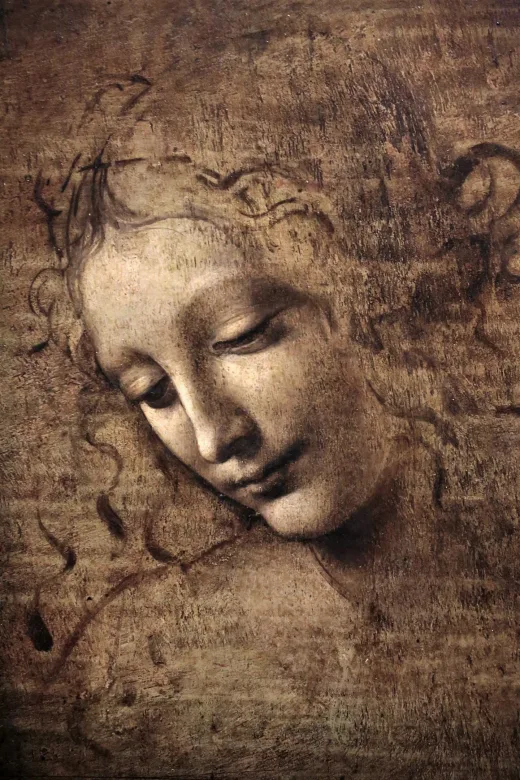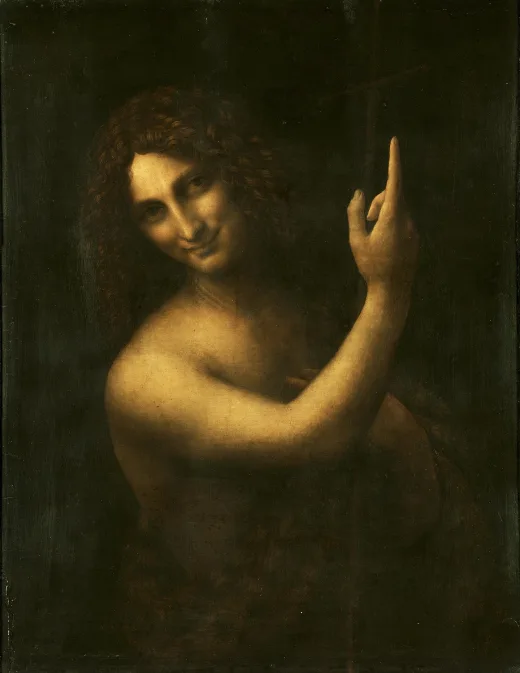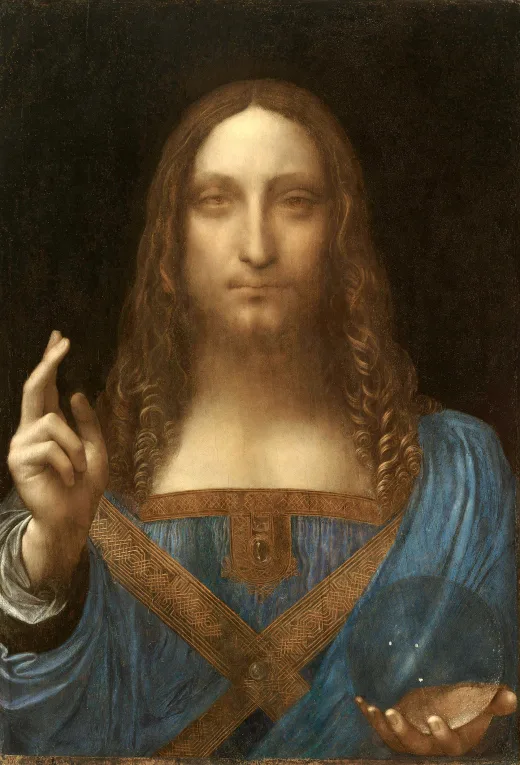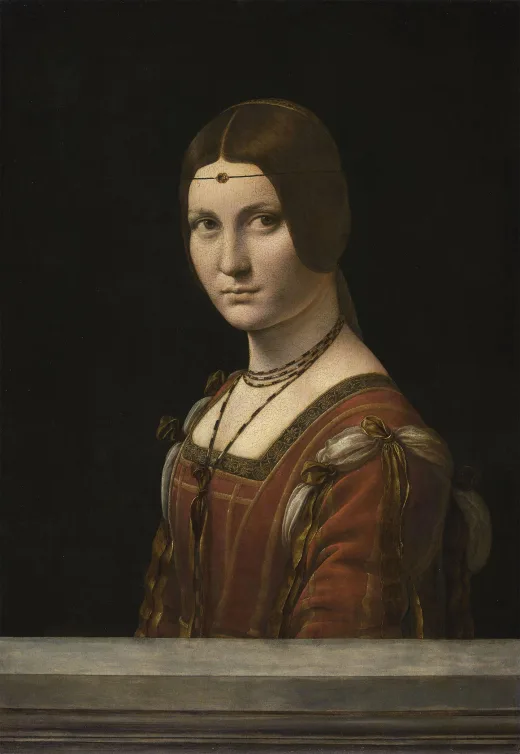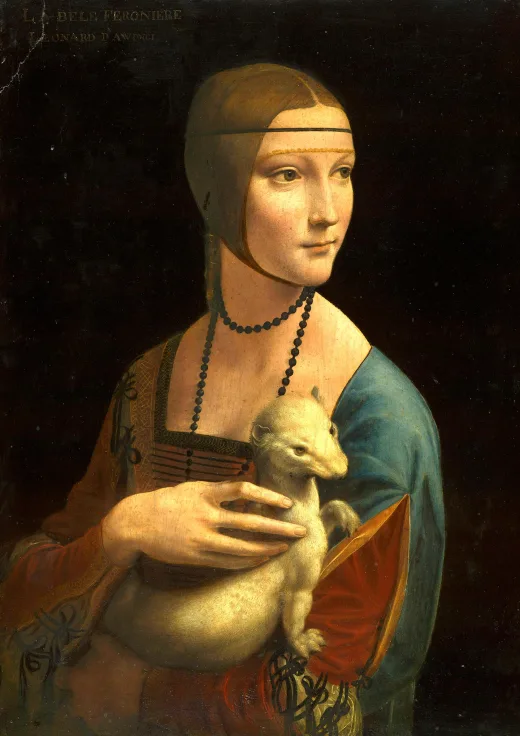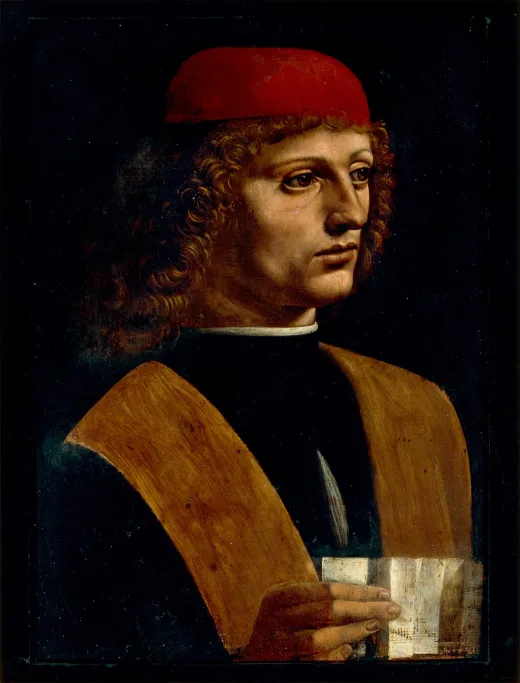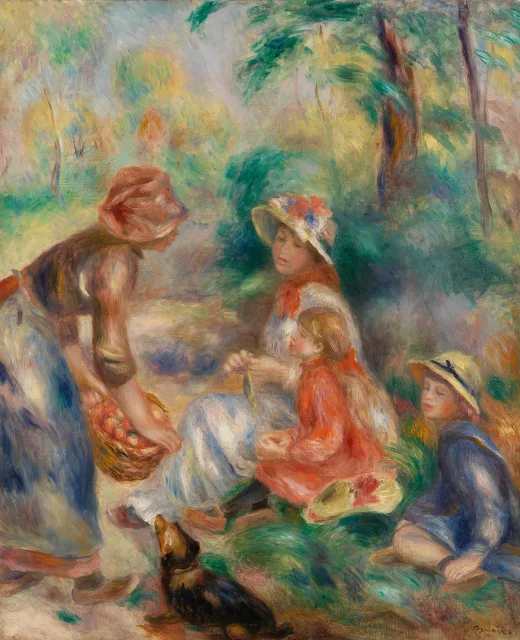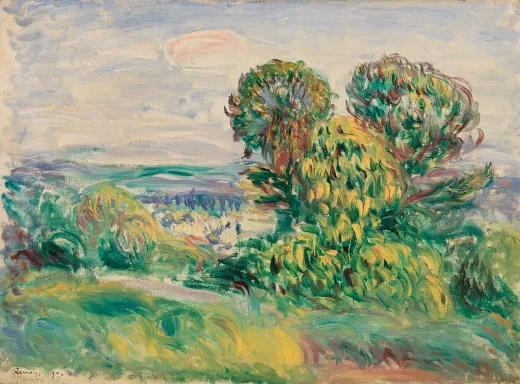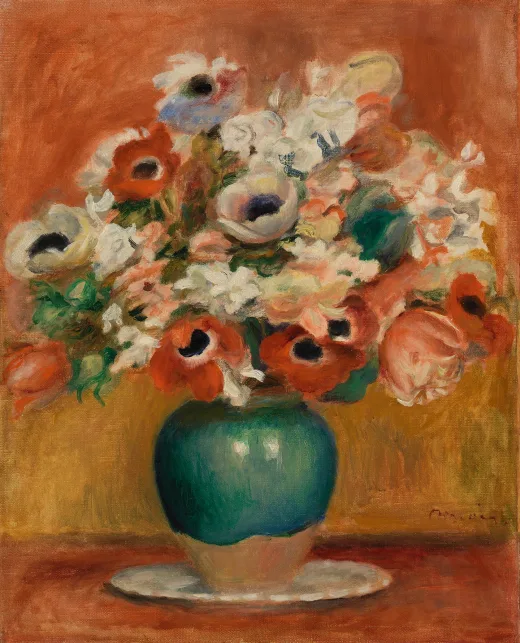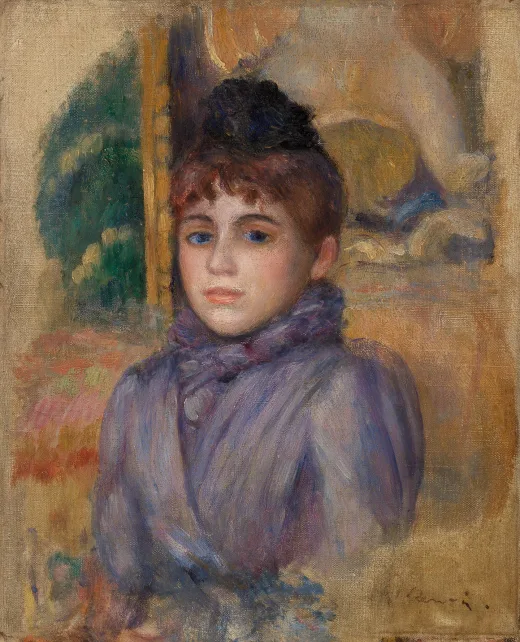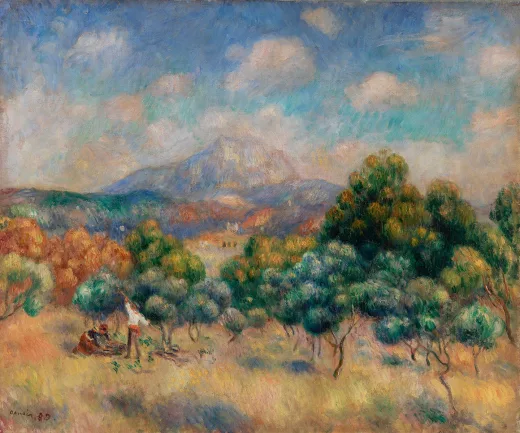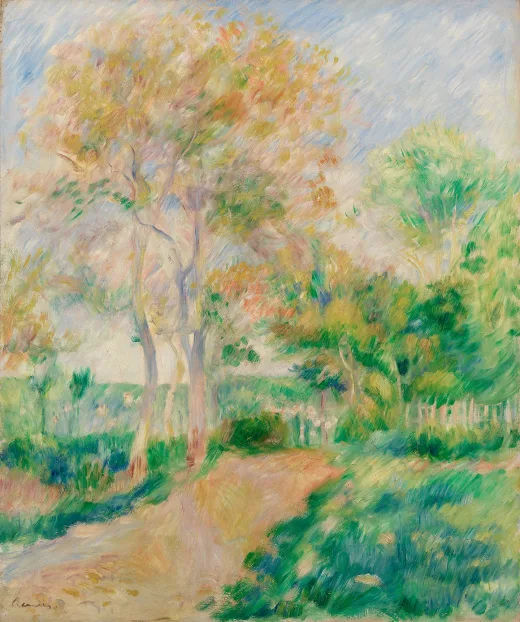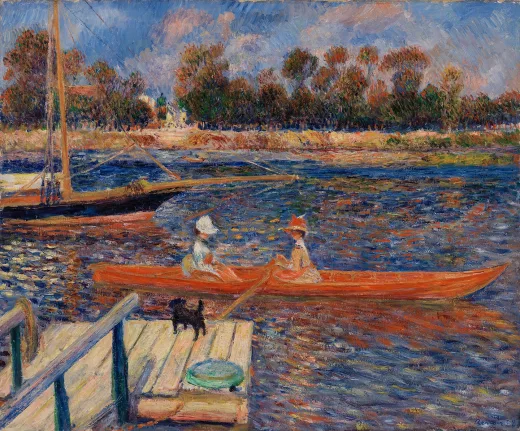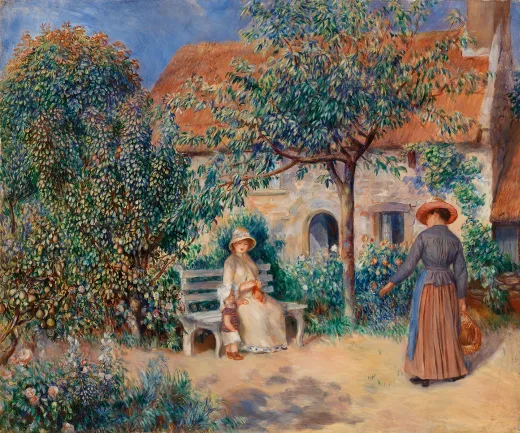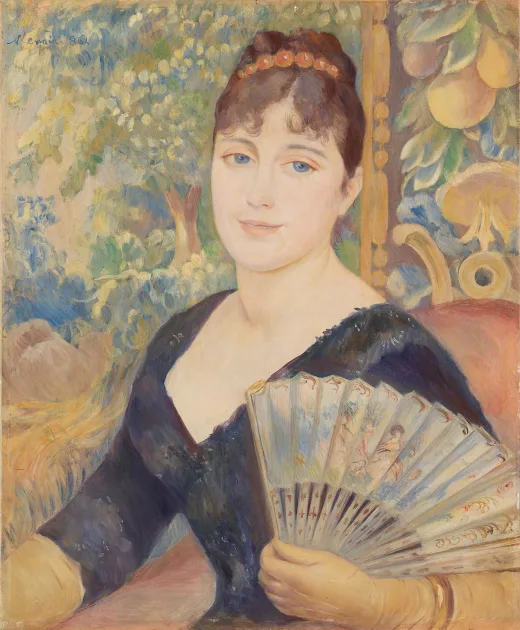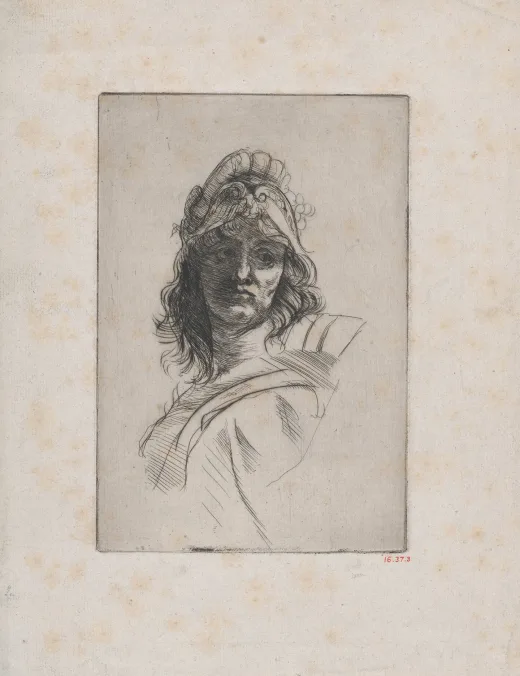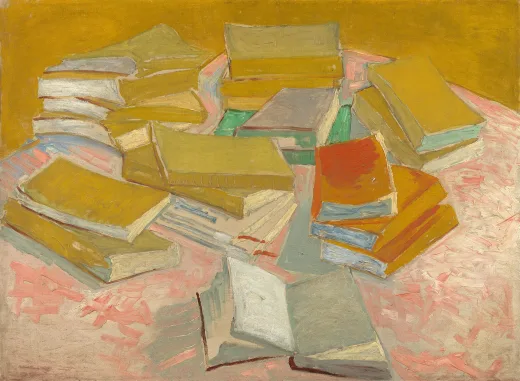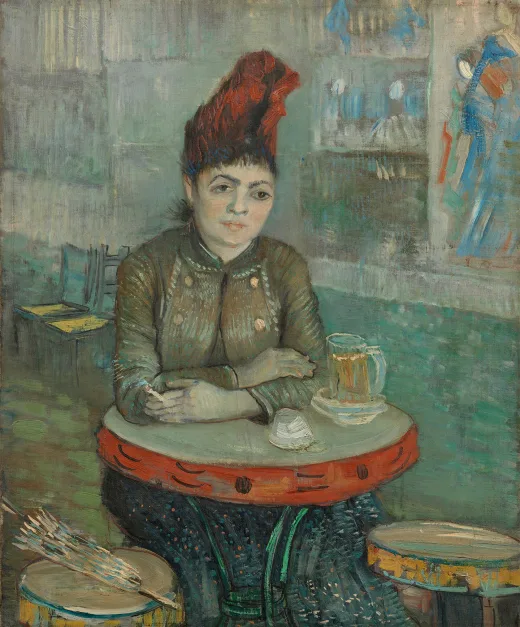雷诺阿作品《在编织的女人》高清图片
原图尺寸:4896×6066像素(300 DPI)高清图
下载原图消耗4艺点
文件大小:212.43 MB
下载格式: ZIP ( TIFF+JPG )
作品名称:在编织的女人
Woman Crocheting (Femme faisant du crochet)
作品作者:皮埃尔·奥古斯特·雷诺阿(Pierre-Auguste Renoir)
创作时间:约 1877 年
作品风格:印象派
原作尺寸:41 x 32.5 厘米
作品材质:布面油画

作品简介
During the 1870s, alongside his ambitious modern life subjects such as Leaving the Conservatory, Renoir painted many canvases of single figures. Some of these were portraits, but most were more generic, showing unidentified figures, generally bust length, focusing on their everyday activities. Woman Crocheting is one of the most elaborated and highly finished of these canvases.
19世纪70年代,雷诺阿在创作《离开音乐学院》等现代生活主题巨作的同时,也绘制了大量单人肖像画作。这些作品有些是定制肖像,但更多呈现的是无名人物的半身像,专注捕捉他们日常生活的平凡瞬间。《编织女子》正是这类作品中最为精雕细琢的典范。
During the 1870s, alongside his ambitious modern life subjects such asLeaving the Conservatory(BF862), Renoir painted very many canvases of single figures; some of these were portraits, but many were more generic, showing unidentified figures, generally bust length, focusing on their everyday activities.Woman Crochetingis one of the most elaborated and highly finished of these canvases; despite its small scale, its treatment and signature show that Renoir intended it for sale, and it seems likely that the composer Emmanuel Chabrier, who also ownedLeaving the Conservatory, acquired it soon after its execution, though we do not know when. In some of these single-figure paintings, the model is depicted informally dressed or revealingly posed in her undergarments, as inA Girl Crochetingof circa 1875. Here, by contrast, there is no such sensual appeal; the figure is fully and fashionably dressed, with an elaborate lace scarf, as she focuses on her crocheting. Her hair is held in place by a gold-colored hairband, and her lowered eyes deny the viewer any imaginative access toter expression. Indeed, of all Renoir's paintings of a single female figure, this is one of those that makes the least direct appeal to the viewer, in either empathetic or voyeuristic terms. Her facial features are treated with considerable delicacy but wholly without conventional draftsmanship. The lit side of her face is differentiated from the background by contrasts of color and tone, but its contours are soft, and the shadowed side of her head is gently blurred into the wall behind her. Alongside the pink of her face and hands and the red of her lips, her golden hairband and especially her light scarf act as focal points, set off against the darker hues of the rest of the picture. The ruff is handled with great freedom, in an array of variegated and seemingly spontaneous touches that hint at its form and fabric but wholly without descriptive detail. We cannot be certain, too, about the ruff's actual, local color; its highlights are white and pale cream, but much soft blue is used to suggest the fall of its material and the shadows in it. We are likewise left uncertain about the color of the model's hair, which is treated with varied strokes of red and blue and, on its lit side, soft yellows. The background does not merely act as a foil to the figure. It is delicately brushed, in fine strokes predominantly of blue and green with some soft yellow accents. However, despite the finesse of its execution, it is unclear what it represents. The more emphatic strokes to the lower right of the figure may suggest a sofa on which she is seated, but the area behind her head might be read as a wall covering or as some sort of foliage. In the treatment of areas such as these, Renoir was more concerned with integrating the background into the complex overall color-harmony of the canvas as a whole than with creating a legible illusionistic space. In broad terms, figures such as these carry echoes of the art of the French 18th century, for which Renoir held a lifelong interest; the small canvases of half-length female figures by Jean-Honore Fragonard and Jean-Baptiste Greuze seem especially relevant to canvases such asWoman Crocheting, though Renoir studiously avoided the sentimental and moral undertones that characterize Greuze's figures in particular.
在19世纪70年代,雷诺阿在创作《离开音乐学院》(BF862)等宏大的现代生活题材之余,还绘制了大量单人肖像作品。这些画作中虽有委托定制的肖像,但更多是描绘无名者的半身像,专注于捕捉日常生活的片段。《编织女子》是这类作品中最精妙完整的一幅——尽管尺幅不大,但其精细处理与艺术家签名表明这是为市场而作。很可能与收藏《离开音乐学院》的作曲家埃马纽埃尔·夏布里埃同期购得,具体时间已不可考。
与1875年《编织少女》等作品中着内衣的随意姿态不同,这幅画刻意规避了感官诱惑:人物身着时髦服饰,佩戴精致的蕾丝领饰,全神贯注于手中针线。金色发箍固定秀发,低垂的眼帘阻隔了观者的情感投射。在雷诺阿所有女性单人像中,这幅作品无论从共情还是窥视角度,都最少与观者产生直接互动。
面部刻画极尽精微却完全摒弃传统素描手法。受光面通过色彩与明度从背景中分离,轮廓线却异常柔和;阴影部分则渐隐于墙壁。在面颊与双手的粉红、唇部的朱红之外,金色发箍与浅色领饰成为视觉焦点,与画面暗部形成巧妙对比。领饰的处理尤为自由,看似随意的斑斓笔触暗示其质地,却拒绝细节描绘。我们甚至难以确定其真实色彩:高光处呈现白与浅奶油色,而大量柔和的蓝调则暗示织物垂坠与暗部。同样模糊的还有发色——红蓝交织的笔触间点缀着受光面的淡黄。
背景绝非简单衬托。以蓝绿为主调、点缀淡黄的细腻笔触,虽技法精湛却难以辨识具体物象。人物右下方较重的笔触或许暗示所坐沙发,而头部后方可能为墙纸或枝叶。在这些区域的处理上,雷诺阿更注重背景与整体色彩的和鸣,而非营造明确的透视空间。
从广义上看,这类作品回荡着雷诺阿终生挚爱的18世纪法国艺术余韵。弗拉戈纳尔与格勒兹的半身女性小像与之尤为神似,但雷诺阿刻意规避了格勒兹画作中特有的感伤与道德暗示。

